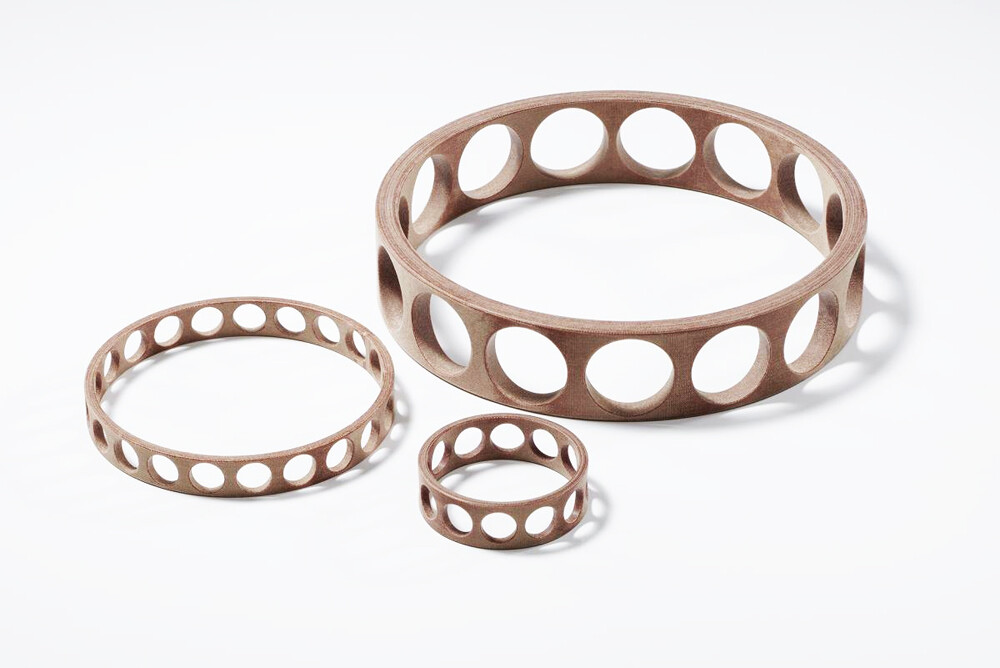Newsroom
Common Causes of Bearing Cage Fracture
2018-03-09Bearing cage fracture is a serious issue that can shorten the lifespan of bearings. Understanding the common causes can help ensure better maintenance and extend cage life. Here are the main factors contributing to bearing cage fractures:

1. Poor Lubrication
Insufficient lubrication can lead to adhesive wear as the bearing operates without adequate oil. This wear deteriorates the working surface, and debris from adhesive wear can enter the bearing cage, causing abnormal loads that may lead to cage fracture.
2. Creep Phenomenon
Creep refers to the slippage of bearing rings when there’s insufficient interference fit. This sliding movement causes the load point to shift around the circumference, resulting in positional deviation of the ring relative to the shaft or housing, which can damage the cage over time.
3. Abnormal Cage Load
Improper installation, misalignment, or excessive interference can reduce the internal clearance, increasing friction and generating heat. This heat softens surfaces, accelerating peeling and wear. As peeling particles enter the cage pockets, they obstruct cage motion, creating additional load and wear that can ultimately fracture the cage.
4. Material Defects in the Cage
Defects such as cracks, foreign metal inclusions, shrinkage cavities, bubbles, or riveting flaws (e.g., missing or misaligned rivets) may weaken the cage structure, making it more susceptible to fractures.
5. Ingress of Hard Particles
Foreign hard particles or contaminants entering the bearing can accelerate cage wear, increasing the risk of cage damage.
6. Cage Damage
Damage often results from excessive cage vibration, wear, or blockages due to foreign particles.
7. Cage Wear
Insufficient lubrication or abrasive particles can cause the cage to wear over time, weakening it and leading to failure.
8. Blockage from Foreign Particles
Flakes or other hard fragments may enter between the cage and rolling elements, preventing the latter from rotating freely along their axis.
9. Bearing Vibration
Excessive vibration can induce inertia forces large enough to cause fatigue cracks, which may eventually lead to cage fractures.
10. Excessive Rotation Speed
If the bearing operates beyond the bearing cage's design speed, the inertia can impose stress on the cage, potentially causing it to fracture.
Understanding these factors and implementing regular maintenance routines can help reduce the risk of bearing cage fracture and prolong bearing life.
If you have any questions about the bearing cage, feel free to contact QIBR.


